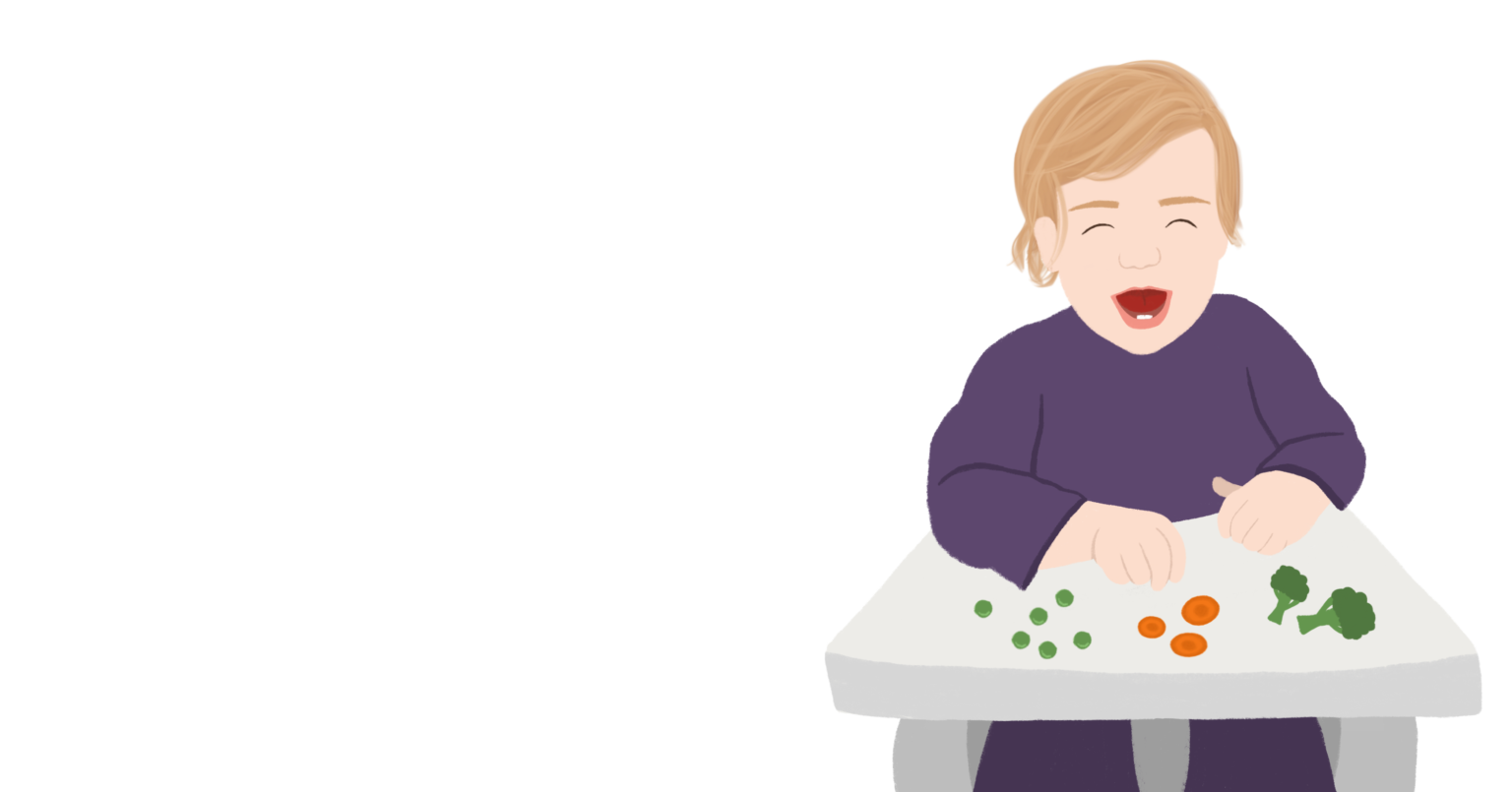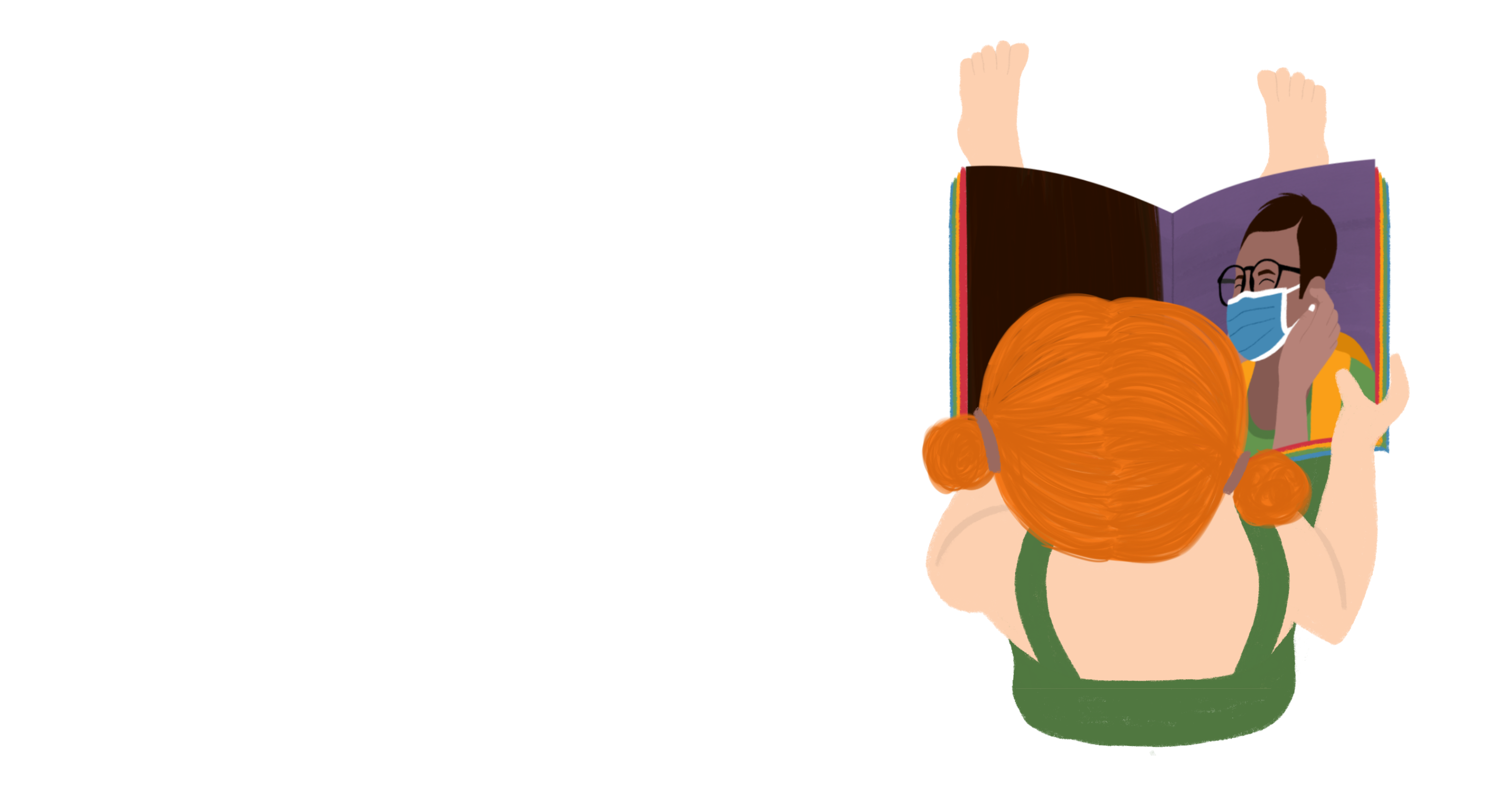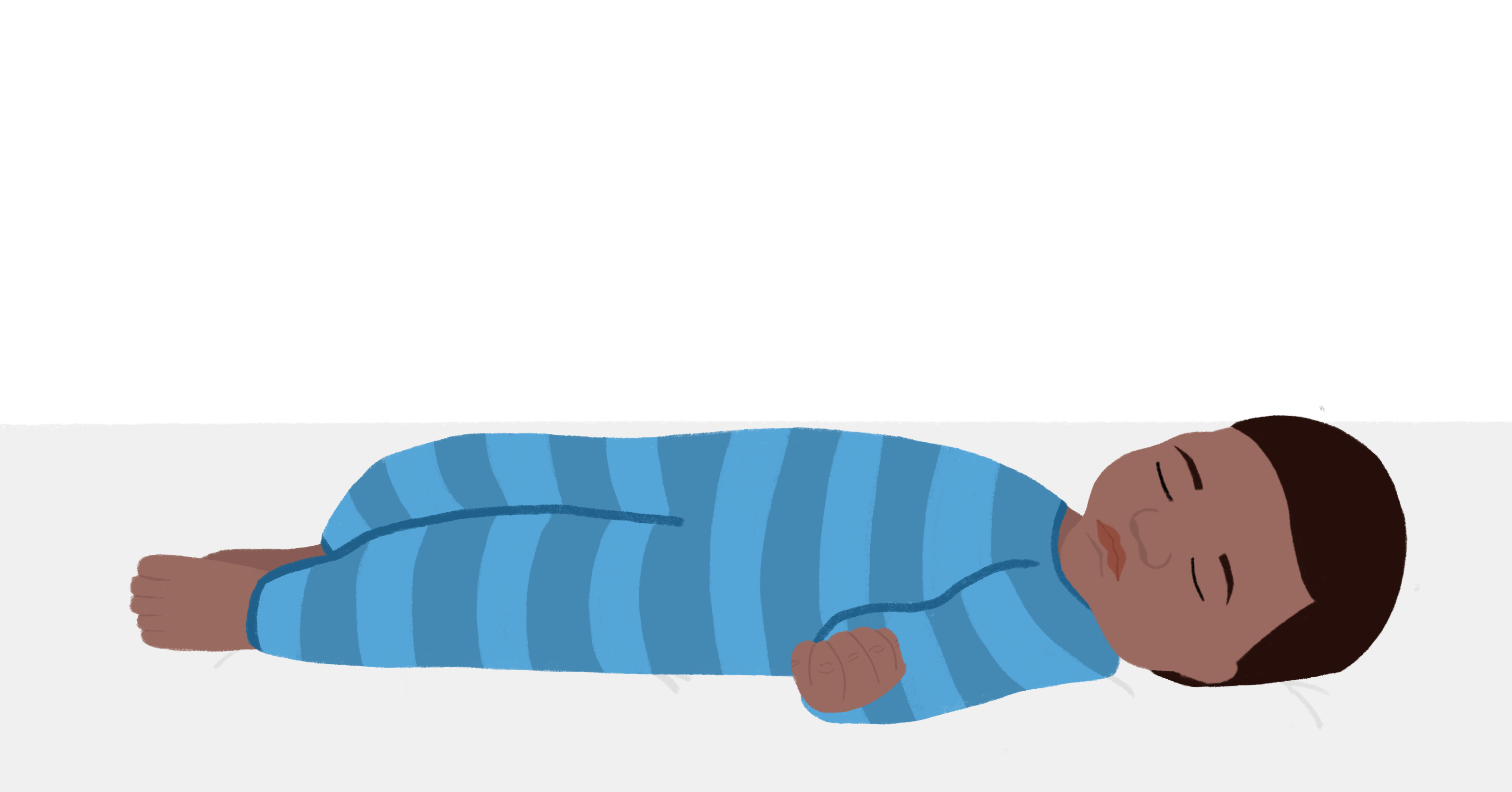Scroll down to learn more about the healthy habits you can help your child form.
EATING FOOD
Most babies are ready for foods at about 6 months of age. The best food for babies during the first 6 months is breastmilk! You may give oat cereal mixed with breastmilk or formula as early as 4-5 months but wait until 6 months for other foods.
Oat cereals, pureed meats, and veggies are good first foods. You may also give fruits but be sure to not only give fruits – this may make it harder for babies to learn to love foods that aren’t as sweet. Avocado is a great first food you can prepare on your own for babies. You may use baby foods from the store, or just puree foods at home.
Giving common allergy foods staring around 6 months old may help prevent reactions – baby’s bodies are designed to learn new foods at this age. You should mix a little peanut butter into another food and offer to your baby once he or she turns 6 months. You may also give other allergy foods such as shrimp, fish, or strawberries. If your baby has eczema, or there is someone in your family with food allergies, talk to your baby’s healthcare provider before giving these types of foods.
Start with a small spoonful and make feeding time enjoyable. Talk, sing, and smile lots while feeding your baby. At first babies may spit foods out, make faces, and even gag. This does not mean they don’t like the food; they are just learning what to do with new flavors and textures. Keep offering healthy foods each day until your baby learns to accept them. Offer foods 3 or 4 times per day and just give a few bites each time. Gradually you can give more and more at each mealtime.
Babies younger than 6 months should never be given plain water. Breastmilk or formula are best, even if your baby is sick. After 6 months you may give plain water in a sippy cup, but your baby doesn’t need to drink much – she will get enough hydration from her formula and breastmilk still.
Do not give babies younger than 1 year old honey, either plain or in baked goods. Some honey contains toxins that are usually killed by stomach acids. Before a baby turns a year old their stomach juices are not acidic enough to protect them from these toxins.

BRUSHING TEETH
Start brushing your baby’s teeth as soon as they come in. You may use a toothpaste that has fluoride safely, even in babies. For babies and toddlers younger than three years old, use just a smear of toothpaste – no bigger than a grain of rice. Brush teeth two or three times every day.
Healthy smiles need brushing two or three times every day. But the most important time of day to brush is right before bed. The last thing to touch your child’s teeth before bed should be the toothbrush! Don’t even rinse with water afterwards. It is best if a little toothpaste is left behind all night long to build strong teeth while your baby sleeps.
Foods can help to either clean teeth or eat away at them and cause cavities. Smile-Safe snacks include cheese, grapes, baby carrots, celery, fresh apple slices. Do not give young children fruit snacks, candy, or sticky foods.
Only give juices to your baby with meals. Better yet, don’t give any juices, just water and milk! Juices and other sugary drinks contain acid that will eat away the enamel of baby teeth very quickly. If you do give juice, give no more than 4 ounces per day, and only give 100% fruit juice. Never give a baby soda, Kool-Aid, sweet tea, or other sweet drinks.
Never give your baby a bottle in their bed. You may leave a sippy cup with plain water in the crib if you think your baby will get thirsty at night.

READING ALOUD
Reading books to children every day is the most important thing you can do for their development. You cannot start too young – even babies love to hear your voice as you read aloud to them. Children whose parents read aloud to them every day are more likely to learn to read on time and graduate from high school!
Reading books to children every day is the most important thing you can do for their development. You cannot start too young – even babies love to hear your voice as you read aloud to them. Children whose parents read aloud to them every day are more likely to learn to read on time and graduate from high school!
Each day find a quiet, cozy place to cuddle up with your baby with a book. Babies this age may only pay attention for a few minutes at a time – that’s OK! Let your baby hold the book, pat the pictures, turn the pages (or even the whole book!), and put books in their mouths to explore. Talk to your baby about the pictures in books – “look at the car, cars go ‘beep-beep.’”
Reading books in a quiet, low-light part of the bedroom is a good way to end your baby’s bedtime routine.
Babies this age are learning to talk – the more words they hear, the more words they will be able to say. Reading out loud every day for a few minutes is the very best thing you can do for their development. Let your baby choose between two or three books that you offer. Point to pictures in the book and name what you see. Repeat the names of pictures several times. You may begin asking your baby to point to certain pictures – “Where is the baby’s nose? Where is the dog? Can you find the cat?”
Toddlers this age love reading the same book over and over again! Use different voices for different characters when reading to toddlers. Encourage them to repeat parts of the book after you.
Reading a favorite book can be a great way to calm a toddler who is tired, frustrated, or fussy. Read the stories and then also talk about the stories – talk about the feelings of characters in the story, have your child retell the story in their own words for you.
Reading to Toddlers 3 to 5-Year-Olds Let your child choose which books they would like to read with you.
Have them pretend to read a book out loud to you! Ask them how the story is like things they have seen or done. You can also let a child tell a story in their own words. Use different voices for different characters in books.
Play matching games with books – “Can you find all the animals” or “show me all the pink things.”
Talk about emotions in pictures – “do you see that baby is crying? Why do you think the baby is sad?”
Look for colors, shapes, numbers, and letters in books together. Have your child count items in books with you.

SLEEP ROUTINES
Babies aren’t born with good sleeping habits – these habits are a learned skill! Particularly during the first year of life it is important to train your infant how to sleep well.
During the first one or two months of life, will sleep 14-17 hours per day. They tend to have random sleeping patterns and do not know the difference between day and night. Babies also need to eat frequently during this stage, often every 2-3 hours, so they cannot sleep all through the night just yet.
During these months babies tend to sleep 12 to 16 hours per day. A breastfed baby will sleep 8-10 hours at night but will likely wake a few times to feed and go back to sleep. Formula fed babies will do the same, although they may go a bit longer between feedings at night. Beginning at about 2 months old the circadian rhythm, or internal clock, begins to develop. By four months old most babies have developed a regular day-night cycle. Part of this development includes natural melatonin produced in the brain, which doesn’t begin until around 3 months old. Melatonin is the body’s “sleepy hormone” and triggers feelings of sleepiness.
Total sleep during this stage still averages about 12-16 hours per day, but babies will do even more of their sleeping at night and begin to take shorter naps during the day. Most babies still take two naps until their first birthday. By 6 months old, most babies are ready for sleep by 7 or 7:30 (if not earlier) each night and are usually producing melatonin around this time each day.
Toddlers this age love reading the same book over and over again! Use different voices for different characters when reading to toddlers. Encourage them to repeat parts of the book after you.
Reading a favorite book can be a great way to calm a toddler who is tired, frustrated, or fussy. Read the stories and then also talk about the stories – talk about the feelings of characters in the story, have your child retell the story in their own words for you.
Reading to Toddlers 3 to 5-Year-Olds Let your child choose which books they would like to read with you.
Have them pretend to read a book out loud to you! Ask them how the story is like things they have seen or done. You can also let a child tell a story in their own words. Use different voices for different characters in books.
Play matching games with books – “Can you find all the animals” or “show me all the pink things.”
Talk about emotions in pictures – “do you see that baby is crying? Why do you think the baby is sad?”
Look for colors, shapes, numbers, and letters in books together. Have your child count items in books with you.
Sleep Stations - How to Set Up the Room
Having a consistent sleeping place is very important for babies. Put your baby on her back, in her bed, every time you put her to sleep. For babies less than 6 months old, this can be a bassinet or crib in the parents’ bedroom. Once your baby is 6 months old you can mover her into her own room to sleep. Never sleep in the bed with your baby – the fluffy pillows and blankets used on adult beds can easily trap carbon monoxide and suffocate sleeping infants, or they can become trapped against the adults sleeping there. Keep the bedroom quiet and dark during sleep times, especially at night. No pillows, fluffy blankets, or bumper pads in the crib; only a firm, flat sleeping surface. Use swaddles or sleep sacks to keep baby warm as these are safer than blankets for the first year.
Daytime is Playtime!
If (when) your baby wakes during the night, don’t immediately go pick her up. Wait a few moments or minutes first. All babies, and even adults, wake during the night. As adults we have learned to go right back to sleep, it’s such a habit that as adults we don’t even realize it is happening. Babies have do learn this habit. You can help them by waiting a few moments before checking on your baby. If she doesn’t settle and go back to sleep, go reassure or comfort her. But do not turn on the lights, do not take her out and play with her – daytime is playtime, but nighttime is for sleeping. Keeping lights low and activities calming will help train these patterns in your baby. This is hard work – babies don’t learn immediately! But stick with it, a healthy sleep routine is good for the whole family.
Keep it Predictable
Babies and children love routines, even if they whine about them. Having routines that are predictable help babies feel safe and as though they know what will happen each day. It is normal for children to test routines and boundaries, and to even “fight” you on the routines. But children are happiest when those boundaries stay firm no matter what. This is particularly true of sleep routines. Babies and children sleep best when they have a predictable bedtime routine every night. What you do is less important than how you do it. Bedtime activities should happen at the same time and in the same order every night. Keep them simple so that you don’t dread going through the routine. And keep them calm to help your baby wind down before sleep. End your routine with your baby still awake and put them to bed before they fall asleep. This is so important in training your baby to go to sleep and stay asleep in their bed.
Some activities you may want to use as part of a bedtime routine:
- Take a short bath
- Read a book aloud
- Sing a special song
- Give a bedtime bottle (brush teeth afterwards!)
- Brush your baby’s teeth
- Rock for a few minutes
Try, Try Again!
Bedtime routines will be derailed often – your baby will get sick and need extra cuddles. You’ll travel to visit family, and nothing will be predictable. There will be teeth cutting in, growth spurts, and rearranging schedules or bedrooms. When this happens, do what is needed in the moment, and then try and try again to get back on that bedtime routine.

